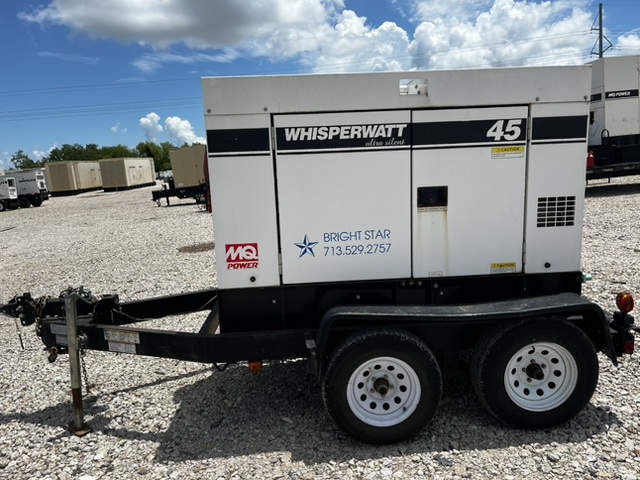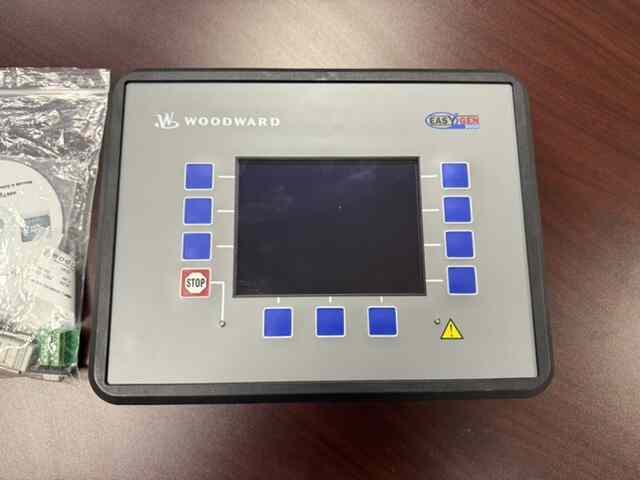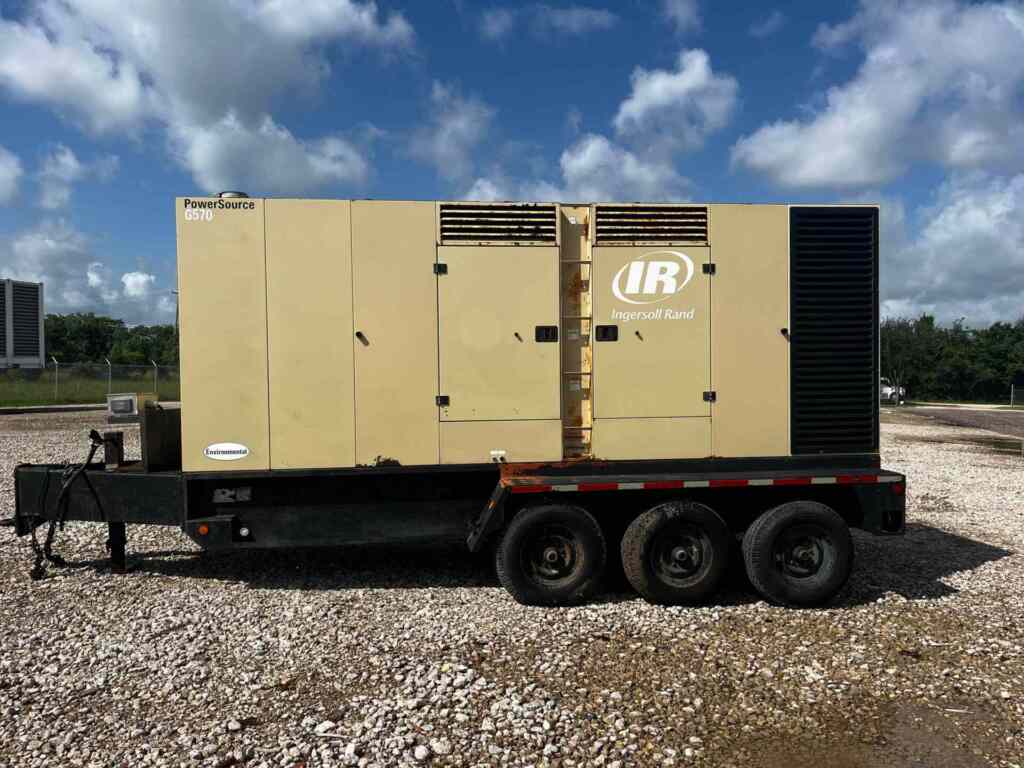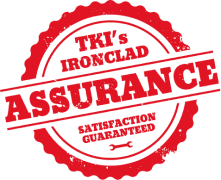When disaster strikes or power grids fail, cities and towns across America face a critical challenge: maintaining essential services and public safety. Big, industrial generators step in as silent heroes, powering everything from hospitals to water treatment plants. These powerful machines are the lifeline that keeps our communities functioning during times of crisis, ensuring continuity of vital services when traditional power sources falter.
The Backbone of Urban Resilience
Generators aren’t just for camping trips or construction sites. In cities and municipalities, they form a critical part of the basic infrastructure. These aren’t your average portable units – we’re talking about massive, industrial-grade big generators that are capable of powering entire buildings or city blocks.
Here are three key facts about generators in urban settings:
- According to the U.S. Energy Information Administration, about 5% of all electricity generated in the U.S. comes from backup generators during outages.
- The global generator market size was valued at $20.8 billion in 2020 and is projected to reach $29.3 billion by 2028.
- During Hurricane Sandy in 2012, big generators kept critical infrastructure operational in New York City for several days.
Examples of Generators in Everyday Life
You might not notice them, but generators play an important role in many aspects of urban life. Here are some common examples of generators in everyday life:
| Location | Generator Use |
| Hospitals | Powering life-saving equipment during outages, particularly critical in major urban centers like Houston |
| Data Centers | Ensuring continuous operation of servers |
| Water Treatment Plants | Maintaining clean water supply |
| Emergency Services | Keeping communication systems online |
| Grocery Stores | Preventing food spoilage during power outages |
Generator Systems and Energy Alternatives for Municipalities
Urban areas require diverse power solutions to meet their complex energy needs. Here are the main types of generators used in cities and municipalities when disaster strikes:
Diesel Generators: Reliable Workhorses
Diesel generators remain a staple in urban power solutions due to their dependability and efficiency. Key features of diesel generators include:
- Fuel efficiency up to 45%.
- Lifespan often exceeding 20,000 operating hours.
- Quick start-up times, typically within 10 seconds.
Natural Gas Generators: The Cleaner Alternative
Natural gas generators offer environmental benefits, making them suitable for eco-conscious municipalities. Key features of natural gas generators include:
- Up to 30% lower carbon emissions than diesel.
- Reduced particulate matter.
- Compliance with strict urban emission standards.
Mobile Generator Sets: Power on Demand
Mobile generators provide essential flexibility for cities facing diverse power challenges, offering unique features for a variety of settings:
- Mobile generator types include trailer-mounted (25 kW to 2 MW) and containerized (up to 3 MW).
- These generators include ybrid systems that combine diesel generators with battery storage.
Environmental Considerations
While generators are essential, their environmental impact must be considered. Here is a brief comparison of the emissions each type of generator produces:
| Generator Type | CO2 Emissions (lbs/MWh) |
| Diesel | 1,600-1,900 |
| Natural Gas | 1,100-1,300 |
| Propane | 1,400-1,600 |
Cities are increasingly looking for cleaner emergency power alternatives, including biodiesel generators, solar-powered backup systems, and fuel cell technology.
Supplementary Power Equipment to Ensure Reliable Distribution
Additional equipment plays an important role in maintaining stable urban power systems. Beyond generators, two key components are essential for managing power distribution and ensuring seamless operations during outages. Let’s examine these critical pieces of equipment:
| Equipment | Function | Key Benefits |
| Switchgear | Manages distribution and protects equipment |
|
| Automatic Transfer Switches (ATS) | Enable seamless transition between grid power and back up power sources |
|
This equipment can be integrated into an urban setting using the following methods:
- Smart grid technologies
- Microgrid systems
- Load management optimization
According to recent market research, the global switchgear market is estimated at USD 93.1 billion in 2023 and is projected to reach USD 119.9 billion by 2028, growing at a Compound Annual Growth Rate (CAGR) of 5.2%. This growth is driven by increasing power demand, rapid electrification in developing economies, and the global shift towards cleaner energy sources.
Recovery Plans and Power Solutions for Natural Disasters
The past couple of years have shown us just how important it is for cities to have solid recovery plans and reliable power solutions when natural disasters strike. Let’s explore some recent events and the lessons they’ve taught us about urban preparedness.
Recent Natural Disasters and City Responses
In early 2023, California faced severe winter storms. Cities relied on backup generators to keep essential services running, highlighting the importance of emergency power solutions. This experience emphasized the need for clear communication and well-planned evacuation strategies.
Later that year, Hurricane Idalia tested Florida’s preparedness. Local governments activated their recovery plans, using generators to power shelters and hospitals. They also prioritized keeping residents informed about safety measures and evacuation routes.
The Midwest faced challenges in 2024 when tornadoes swept through several states. Cities implemented their disaster recovery frameworks, focusing on both immediate response and long-term recovery. Backup power played a critical role in maintaining essential services.
Key Components of Effective Recovery Plans
These events have shaped how cities approach disaster recovery and power solutions:
- Enhanced Communication Systems: Cities are adopting modern tools and apps to provide real-time updates and safety information to residents during emergencies.
- Comprehensive Evacuation Strategies: There’s a renewed focus on developing clear evacuation routes and designating safe shelter locations to ensure resident safety.
- Investment in Backup Power: Cities are prioritizing the deployment of generators to ensure critical infrastructure remains operational during power outages.
- Continuous Plan Refinement: Regular drills and simulations help cities identify and address weaknesses in their recovery plans, improving overall disaster resilience.
Cities are getting smarter about handling natural disasters. They’re learning from what’s happened and putting better plans in place. It’s not just about having backup power anymore – it’s about being ready for anything. When cities prepare like this, they bounce back faster when disaster strikes. And in the long run, it means we’re building stronger communities that can weather whatever Mother Nature throws our way.
Choosing the Right Generator for Municipal Needs
When selecting a big generator for municipal needs in areas like Texas, factors such as power requirements, fuel type, and local regulations must be carefully considered.
- Power Requirements: Calculate the total load that needs to be supported by a big generator using online power calculators.
- Fuel Type: Consider availability, environmental impact, and emissions of different generator fuel options. For diesel generators, refer to a diesel fuel consumption chart to estimate operational costs and efficiency.
- Location: Indoor or outdoor placement affects generator choice and installation.
- Noise Regulations: Many cities have strict noise ordinances that big generators must comply with.
- Maintenance Needs: Regular upkeep is crucial for generator reliability and longevity.
| Generator Size | Typical Cost Range |
| 100 kW | $25,000 – $75,000 |
| 500 kW | $100,000 – $300,000 |
| 1000 kW | $200,000 – $600,000 |
Note: Costs can vary widely based on specifications and installation requirements, as well as permitting fees.
Maintenance: Keeping Generators Ready for Action
Regular maintenance is important in ensuring generators perform when needed most. Key maintenance tasks include:
- Weekly test runs
- Fuel quality checks
- Battery inspections
- Annual professional servicing
According to a study by the Electrical Generating Systems Association, proper maintenance can extend a generator’s lifespan by up to 50%.
The Future of Urban Power Resilience and New Generator Technologies
As cities grow and energy demands increase, new generator technologies and power solutions are emerging to meet these challenges:
Hybrid Generators
Hybrid generators combine traditional fuel sources with renewable energy, offering improved efficiency and reduced emissions. These systems intelligently switch between conventional fuels (typically diesel) and renewable sources like solar or wind, optimizing power output while minimizing environmental impact. This flexibility makes them particularly suitable for urban environments such as data centers, construction sites, and emergency response situations where power demands fluctuate and emissions regulations are stringent. By reducing fuel consumption, lowering operational costs, and decreasing carbon footprint, hybrid generators provide a more sustainable and reliable power solution for various applications in modern cities.
Smart Generators
Smart generators leverage IoT capabilities for remote monitoring and predictive maintenance. These advanced systems provide real-time performance data, allowing operators to optimize fuel consumption and predict maintenance needs before issues arise. By reducing downtime and improving efficiency, smart generators are becoming invaluable assets in maintaining reliable power supply for critical urban infrastructure.
Microturbines
Microturbines are compact generators that offer high efficiency and low emissions, making them ideal for urban environments. Their small footprint and lower noise levels compared to traditional generators make them suitable for installation in densely populated areas. Microturbines can run on various fuel types, including natural gas and biogas, providing flexibility in fuel sourcing while maintaining low emission levels.
Microgrids
Microgrids are localized power systems that can operate independently from the main grid, enhancing resilience during outages. These systems integrate various power sources, including renewable energy, and can isolate themselves from the main grid during disturbances. For cities, microgrids offer improved energy reliability for critical infrastructure and the ability to optimize energy distribution at a local level.
Advanced Energy Storage
Advanced energy storage systems, particularly battery technologies, are revolutionizing urban power management. These systems complement traditional generators by providing load balancing, peak shaving, and rapid response to power fluctuations. With the global market projected to attract $620 billion in investment by 2040, energy storage is becoming a cornerstone of resilient urban power infrastructure.
Renewable Integration
The integration of renewable energy sources like solar and wind with traditional generators is creating more sustainable urban power systems. This approach reduces the carbon footprint of city power supplies and decreases reliance on fossil fuels. While initial implementation costs can be high, the long-term benefits include reduced operational costs and alignment with increasingly stringent environmental regulations.
A study by Navigant Research predicts that the market for advanced generators will grow from $14.7 billion in 2020 to $27.3 billion by 2029, reflecting the increasing importance of these technologies in urban power resilience.
Turnkey Industries: Your Partner in Urban Power Solutions
As cities face increasing power challenges, Turnkey Industries offers reliable generator solutions to meet these needs. With over 10 years of experience, we provide a wide range of generator sizes (15kW to 2000kW), top brands, and both used and new generator options to fit various budgets. Our expert guidance and comprehensive service ensure your city stays powered, even when the grid goes dark.
Contact Turnkey Industries today to learn how we can help enhance your city’s power resilience.
 Turnkey Industries offers a variety of high-capacity
Turnkey Industries offers a variety of high-capacity 





